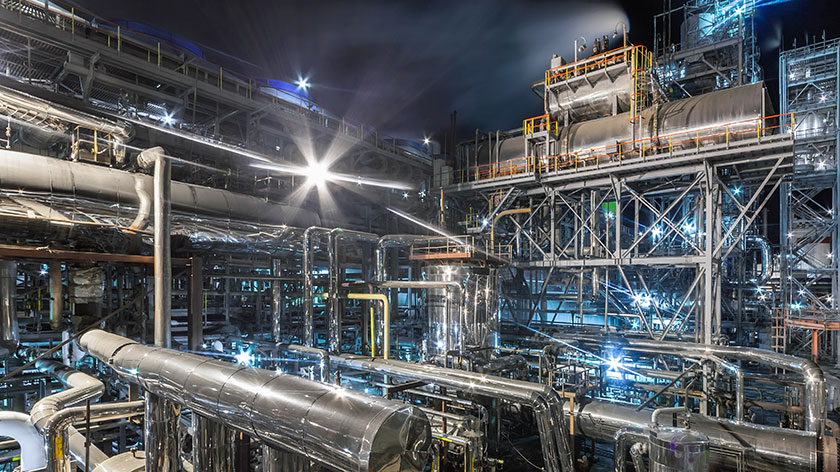

Carbon capture and storage (CCS) technologies are expected to play a significant role in reducing emissions from energy and industry over the coming decades, including from existing facilities. CCS technology will also be needed to deliver "negative emissions" in the second half of the century to reach global CO2 emission reduction goals. However, the current rate of CCS deployment is well below what is needed to meet these targets.
About 540 megatonnes of CO2 would need to be stored each year by 2025 under the IEA’s Energy Technology Perspectives 2DS scenario, which describes a pathway consistent with a maximum global average temperature increase of 2°C. Today, only 28 megatonnes of CO2 are stored, with just 7.5 megatonnes that are monitored and verified. This massive gap dramatically highlights the need to intensify efforts to market the technology.
One way of making CO2 capture and storage more economically attractive – while at the same time contributing to energy security – is to use captured CO2 to maximise production from declining oil fields, a process known as enhanced oil recovery (EOR). Today, more than three-quarters of all large-scale CCS projects currently operating or under construction are associated with EOR.
|
What is EOR? CO2-EOR is a process where CO2 is injected into declining oil fields to boost oil production. The majority of the injected gas remains in the reservoir and the portion that re-emerges with the produced oil is separated from the oil and re-injected in a closed loop. The potential of CO2-EOR varies considerably by region, but significant potential is considered to exist in the US, Canada, Middle East, Russia and China. EOR is the largest single use of CO2 today. (Graphic courtesy of Global CCS Institute)
|
In North America, about 140 CO2-EOR projects are in operation, producing around 300,000 barrels of oil per day. However, most of this CO2 comes from natural sources – only 14 projects are using CO2 from coal-fired power stations or industrial facilities.
Several of these 14 projects are commercially viable, and have been operating with limited or no public subsidies. There are relatively low-cost, attractive opportunities for CCS deployment and global interest in capturing industrial or energy-related CO2 for EOR is expanding. For example, CO2-EOR projects have started for the first time in Saudi Arabia and United Arab Emirates recently.
The first large-scale CCS project is also starting construction in China. While a number of important CCS projects have come online in the past few years in other regions, this is the first project globally to reach a final investment decision since 2014. The Yanchang CCUS project will capture more than 400 000 tonnes of CO2 each year from two industrial plants for injection into the Yanchang formation. Seven more large-scale projects are under development in China, with at least four expected to involve EOR. The potential for CCS in China is enormous: in particular, the retrofitting of coal fired power plants plays a critical role in China’s CCS strategy, as more than 300 GW of Chinese coal plants meet a number of basic criteria for retrofit.
The success of CCS-EOR is only a stepping stone. Although a significant percentage of the CO2 is retained in the EOR process, one tonne of CO2 injected into a producing oil field is not the same as one tonne stored. But with modification of traditional EOR practices, including maximising the use of CO2 and monitoring, measurement and verification practices, CO2-EOR could deliver significant climate benefits. This includes net emissions reductions, even when accounting for the additional fossil fuel production.
Revenue from CO2-EOR is also providing an additional impetus for investment in CCS across a range of industries. This early deployment is playing an important role in continuously improving technologies, reducing costs and helping establish CO2 transport networks – all critically important steps if CCS is to live up to its potential as a truly transformative low-carbon technology.
Source: International Energy Agency, © OECD/IEA [2017]


